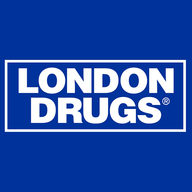
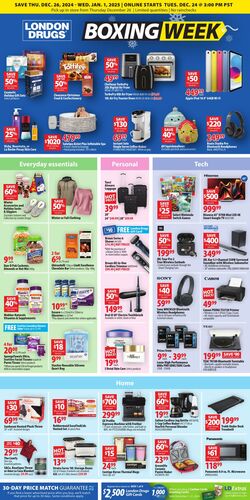
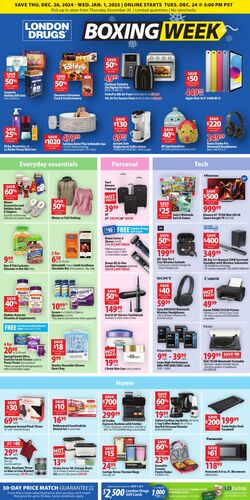
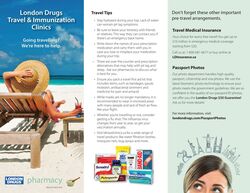
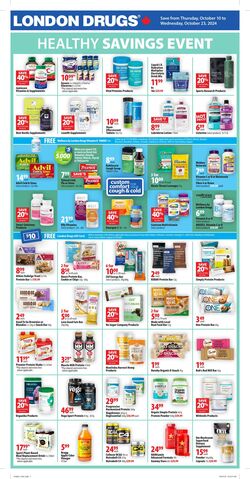
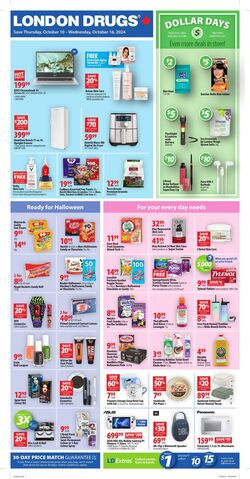
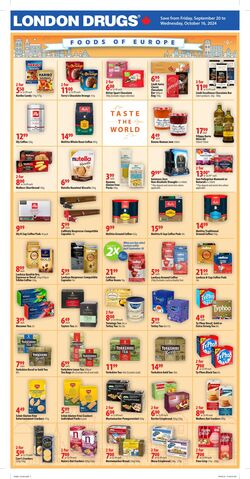
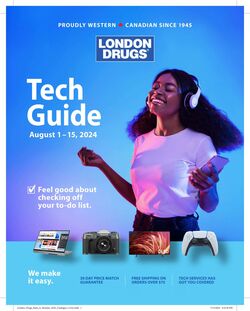
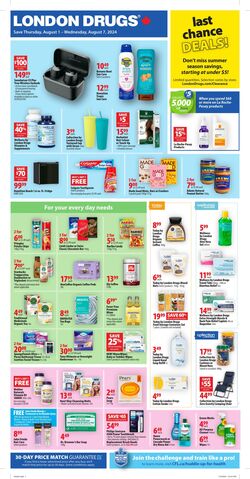




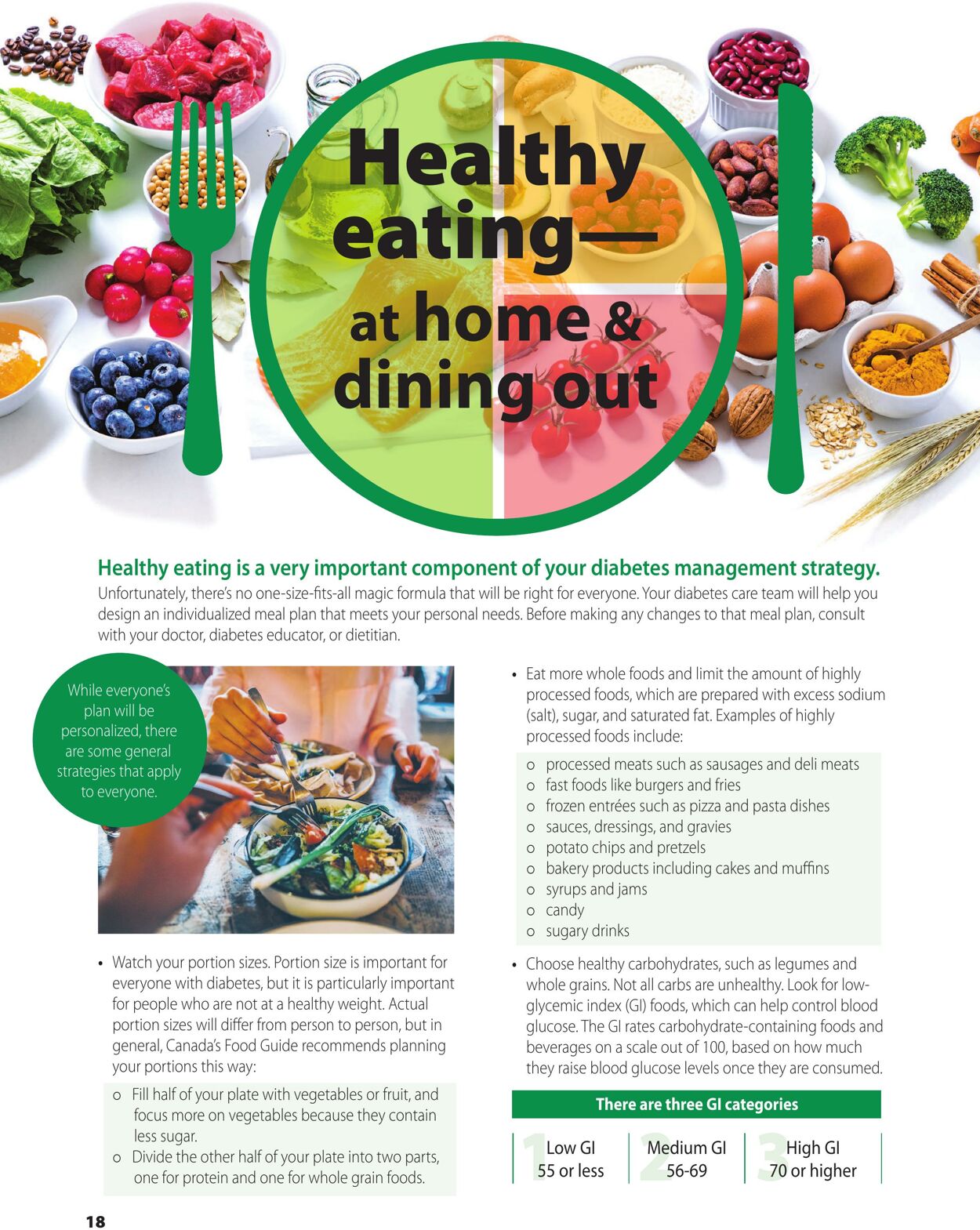
Products in this flyer
Healthy eating is a very important component of your diabetes management strategy. Unfortunately, there's no one-size-fits-all magic formula that will be right for everyone. Your diabetes care team will help you design an individualized meal plan that meets your personal needs. Before making any changes to that meal plan, consult with your doctor, diabetes educator, or dietitian. + Watch your portion sizes. Portion size is important for everyone with diabetes, but it is particularly important for people who are not at a healthy weight. Actual portion sizes will differ from person to person, but in general, Canada's Food Guide recommends planning your portions this way: © Fill half of your plate with vegetables or fruit, and focus more on vegetables because they contain less sugar. o Divide the other half of your plate into two parts, one for protein and one for whole grain foods. + Eat more whole foods and limit the amount of highly processed foods, which are prepared with excess sodium (salt), sugar, and saturated fat. Examples of highly processed foods include: processed meats such as sausages and deli meats fast foods like burgers and fries frozen entrées such as pizza and pasta dishes sauces, dressings, and gravies potato chips and pretzels bakery products including cakes and muffins syrups and jams candy sugary drinks e©o00000000 Choose healthy carbohydrates, such as legumes and whole grains. Not all carbs are unhealthy. Look for low- glycemic index (GI) foods, which can help control blood glucose. The Gl rates carbohydrate-containing foods and beverages on a scale out of 100, based on how much they raise blood glucose levels once they are consumed. Meee Muelle (e tty Low Gl Medium Gl High Gl 55 or less 56-69 70 or higher
| Name | Details |
|---|